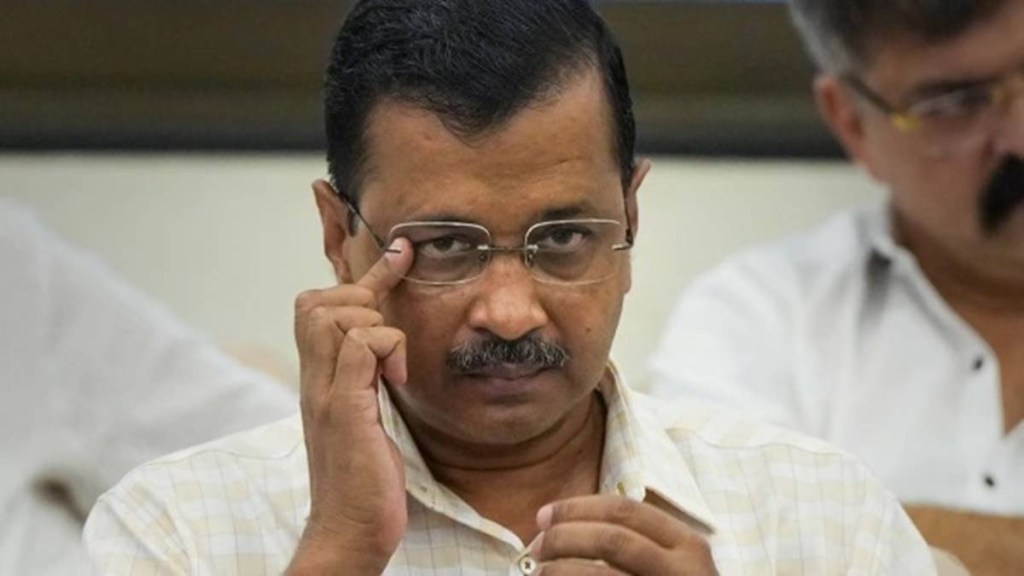The BJP-ruled Haryana government has issued a strong rejoinder to Delhi Chief Minister Arvind Kejriwal’s claims attributing the deluge in the national capital to the release of surplus water from the Hathnikund Barrage located in Yamunanagar on the Yamuna River.
In a letter to Union Home Minister Amit Shah on Wednesday, the Delhi Chief Minister requested the Centre’s intervention to direct Haryana to regulate the water flow. Countering Kejriwal’s submission, Haryana said today that Hathnikund is a barrage and not a dam, which makes it technically difficult to control the amount of water flow.
Also Read: Delhi Flood News Live Updates
“The Delhi Chief Minister’s claim that Yamuna’s water level has risen due to the release of surplus water from the Hathnikund Barrage is absolutely false. It appears that his officers did not inform him of the accurate details. The letter written by Arvind Kejriwal to the Union Home Minister in this regard holds no significance,” Devender Singh, Advisor (Irrigation) to the Haryana Chief Minister, said in a statement issued today.
The official further added that the Hathnikund Barrage is structurally designed to divert or regulate the water. “Only a dam, not a barrage, can control water in limited quantities.”
Also Read: Yamuna flood: Water treatment plants shut down, DMRC issues speed limit for select services
“Following the Central Water Commission’s recommendations, the water discharged into the Yamuna River, for the protection of the Hathnikund barrage, is the water that is constantly coming from Himachal Pradesh and Uttarakhand due to excessive rains,” he said.
The official further added that districts like Yamunanagar, Karnal, Panipat and Sonipat have witnessed land erosion and water-logging due to rainwater, leading to heavy losses to the state in terms of life and property.
“If there was any option to release water in limited quantities, it would have been in the interest of Haryana too,” he claimed.
The official further explained that the gates of the Hathnikund Barrage, designed by the Central Water Commission, could suffer damage if any attempt is made to stop the water coming into it. The officer said that as per the guidelines of the CWC, when more than 1 lakh cusecs of water come into it, the water automatically goes into the Yamuna River.
“… If an attempt is made to stop the water coming into the barrage, it can damage all the gates of the barrage and this water can turn into a fierce flood and cause huge destruction in Haryana and Delhi,” he said.
Several parts of Delhi have been flooded and people have been evacuated to higher ground after to the release of water from Haryana’s Hathnikund Barrage left the capital inundated. The water level in the Yamuna River rose to 208.62 meters at the Old Delhi Railway Bridge on Thursday, 3.29 meters above the danger mark.
On Sunday, all the gates at the barrage were opened around 3 pm due to heavy rainfall in the catchment area, which resulted in the water levels crossing the 1 lakh mark. The gates have been closed now after remaining open for around 100 hours and the water level, as of 4 PM, decreased below 1 lakh and were recorded at 88,000.

